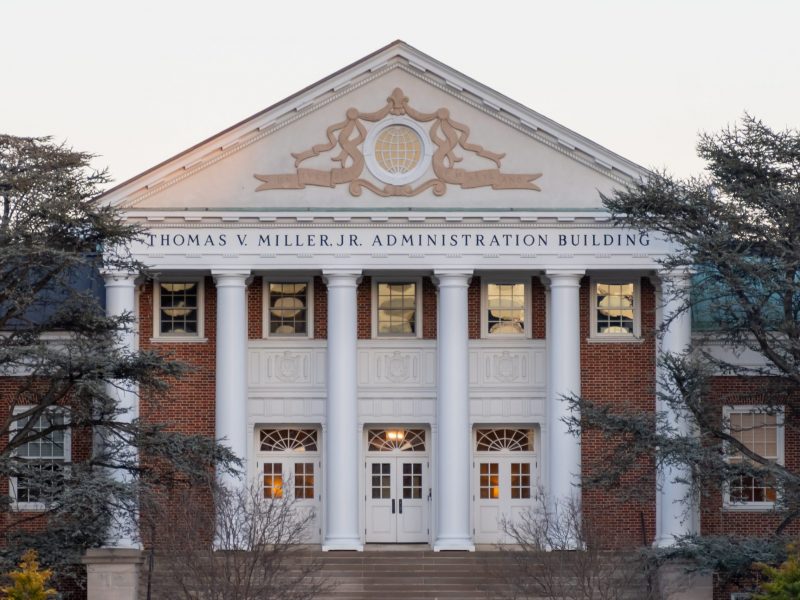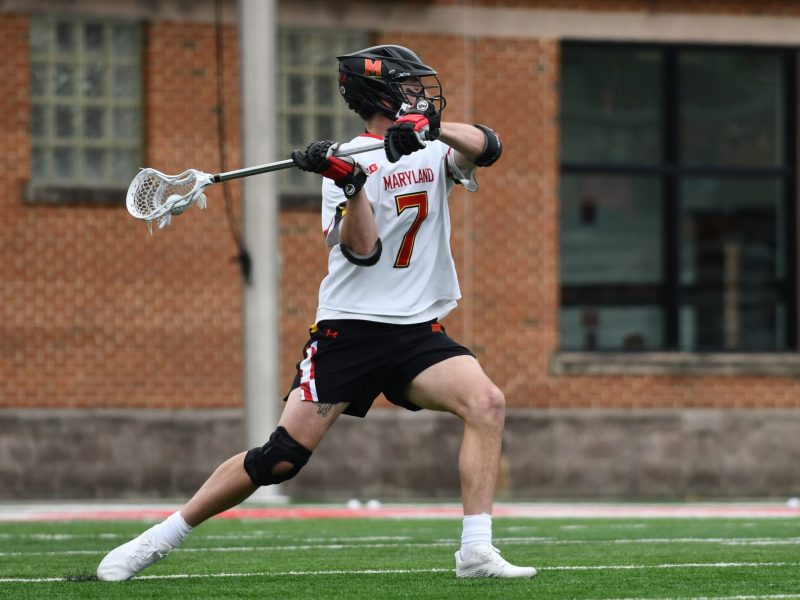
For the average person, it’s hard to imagine the kind of mindset a person like Christopher McCandless went through life with: A man who gave away and burned all of his worldly possessions and set off wandering through the backwoods of the United States is pretty difficult to fathom.
To tell McCandless’ story, Sean Penn (All the King’s Men) took on the dual role of screenwriter and director to bring Jon Krakauer’s best-selling book of the same name to the big screen – an attempt that spanned over a decade before Penn was able to bring his vision to fruition. They say the best things come to those who wait, and with Into the Wild, it couldn’t be more true.
The film opens with sweeping panoramic shots of the Alaskan wild that rival the visuals of any IMAX film before introducing viewers to McCandless (Emile Hirsch, Alpha Dog). The audience sees his frustration with the world after he graduates from college and heads to dinner with his parents (William Hurt, Mr. Brooks and Marcia Gay Harden, The Invisible). The awkward tension is visible as McCandless’ parents try to buy him a new car and he struggles against their adherence to the acceptable rules of society. This specific scene brings McCandless’ frustrations to the forefront of the film and gives insight to his decision to journey across the country after donating his money to charity and cutting up his credit cards.
Hirsch’s performance as McCandless is electric in every sense of the word; he appears to have truly taken on this character. When the audience sees McCandless find hardship in the Alaskan wilderness, Hirsch is able to bring emotion vividly into the hearts and minds of the viewers.
The minor characters in Into the Wild are superbly drawn from the fabric of Americana. Catherine Keener (Friends with Money) and newcomer Brian Dierker are sublime as a pair of “rubber tramp” hippies (they travel in a van, as opposed to the “leather tramp” McCandless, who hitchhikes and walks) who serve as pseudo-parents for McCandlessduring his journey.
Vince Vaughn (The Break-Up) is divine as Wayne Westerberg, the conspiracy theorist farmer who offers guidance and a few bucks to Chris before he sends him on his way. Vaughn plays Wayne with a perfect off-kilter quality that few actors can pull off competently. In another good acting turn, Kristen Stewart (In the Land of Women) portrays McCandless’ love interest, and the two perform a splendid rendition of the John Prine song “Angel From Montgomery.” These interactions give this film a raw honesty not normally present in a Hollywood production.
Into the Wild often takes on the feel of a true fly-on-the-wall documentary, as if you are actually watching McCandless. Although many actors may be frightened of the notion of working alone, this wasn’t a thought that crossed Hirsch’s mind, he said in an interview with The Diamondback.
“When you’re actually out there, in the wild, there’s something so authentic about your surroundings that really puts you at ease as an actor,” Hirsch said. “It doesn’t feel like a weird spotlight is on you, it’s just that you’re in the middle of nature. It’s great, it makes you feel comfortable.”
And cinematographer Eric Gautier’s work behind the lens cannot be understated: Most, if not all, of the visuals are breathtaking and define for the viewer the vastness of the Alaskan wilderness. (As Hirsch said, Alaska seems like “nature on steroids. Everything is just bigger over there.”) These visuals give viewers tremendous insight into McCandless’ total isolation as he settles into the abandoned bus that becomes his home, and the dual effort by Penn and Gautier to create McCandless’ world is wonderful.
Penn also enlisted the services of longtime friend and Pearl Jam frontman Eddie Vedder to provide the soundtrack for Into the Wild, and Vedder’s unmistakable voice fits perfectly into the film. When there is an absence of narration, the Vedder-penned songs guide the viewer into the headspace of McCandless as he wanders along his unusual path.
“[The soundtrack] kind of serves as Chris’ subconscious voice speaking,” Hirsch said. “It was great; it added a whole other level of emotion to the film.”
Overall, Into the Wild is an extraordinary entry into the world of “road” films, and a brilliant turn behind the camera for Penn. It won’t be the least bit surprising to hear his name – and perhaps the names of others involved, like the wildly impressive Hirsch – or the camera work of Gautier mentioned around Oscar time, and for any of them, it would be certainly well-deserved.
tripp@umd.edu


